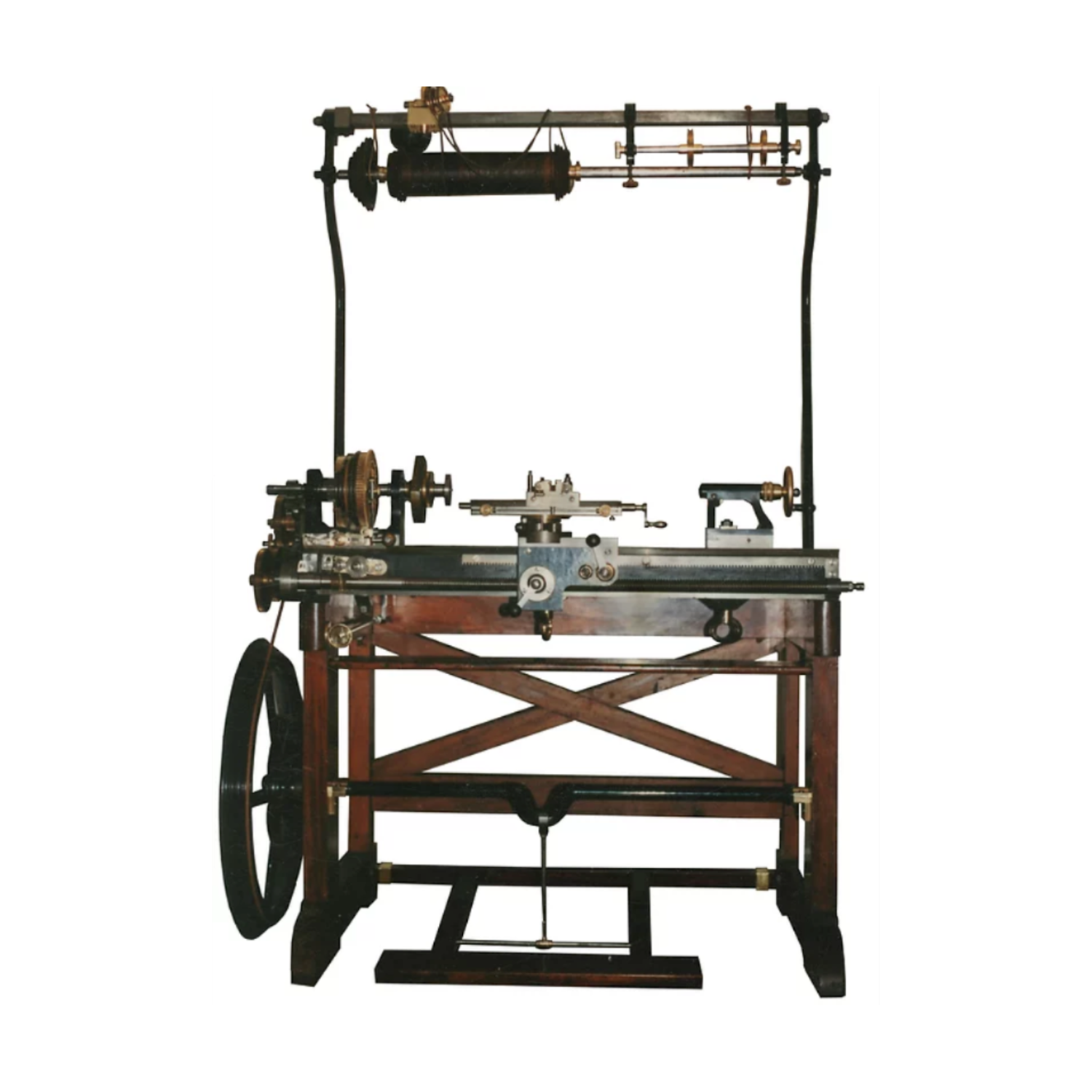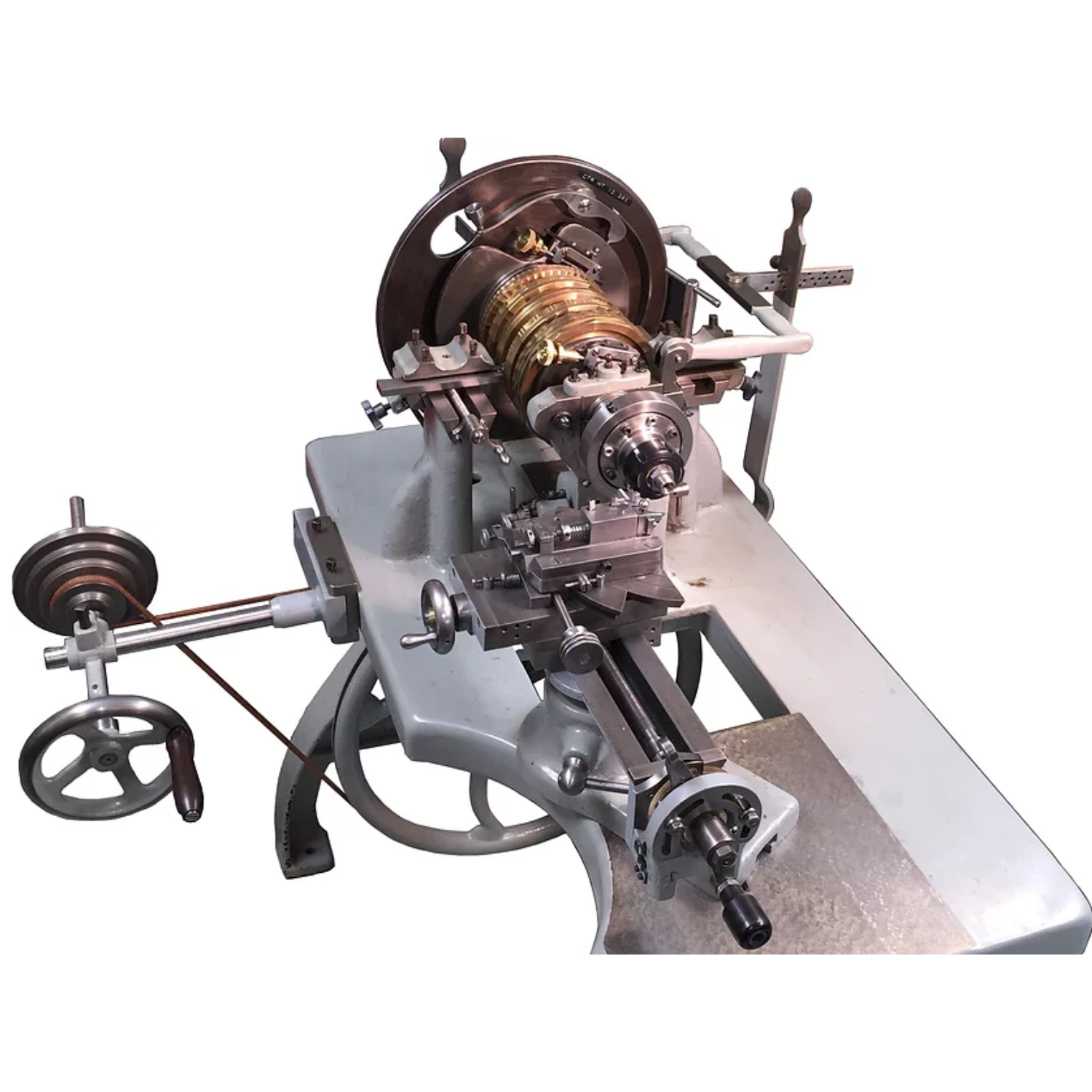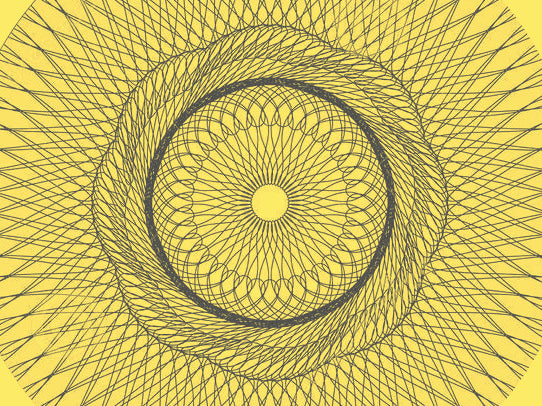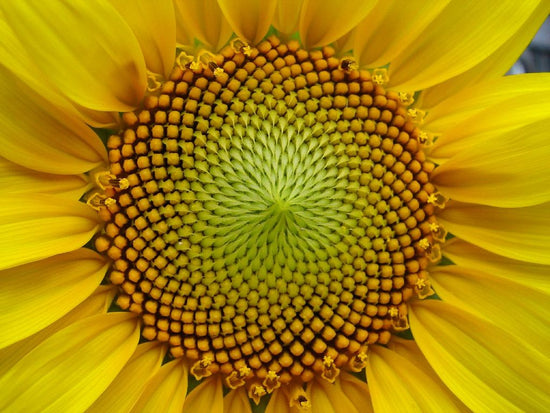The secret ingredients that vitalize our Astral Vessels are the pride we take in our life's work as metalsmiths and the alchemical machine-craft of yesteryear called Ornamental Turning.
Born in the 16th century, Ornamental Turning embodied the Enlightenment idea that Beauty in Nature and Art was knowable by Reason and revealed by Mathematics. By using advanced principles of geometry, Renaissance tool makers were able to design and build machines that produced huge varieties of sparkling geometrical ornaments.
The striking and beautiful patterns were seen as unmistakable echoes of the intricate symmetries and rhythmic repetitions found throughout Nature.
In this way the craft became a mechanical demonstration and convincing embodiment of the idea of Sacred Geometry.
Our Engines
We use two specially-designed, antique lathes to shape and engrave our vessels: An Ornamental Lathe and Rose Engine.

The Ornamental Lathe
"Ornamental lathes have been around since about 1600 AD, and they represent the pinnacle of lathe design and engineering. To produce the repetitive patterns typical of OT requires sophisticated lathes and special accessories based on centuries-old technology.
OT lathes vary vastly in form and the operators utilize a variety of specialized attachments and cutting tools that create complex textures in elliptical, eccentric, rectilinear, swash, geometric, and 'rose' patterns. A 'plain' turned object is fixed in place on the OT lathe and is 'indexed' or turned very slowly while a decorative metal 'fly-cutter' makes successive cuts until it reaches the depth the operator has pre-set."
-Jon Sauer, Lathe Artist

The Rose Engine Lathe
Work done on a Rose Engine can make convoluted, symmetrical, multi-lobed geometric patterns. The patterns it produces are similar to that of a Spirograph, in metal. No other ornamental lathe can produce these "rose" patterns.
The decoration produced by a rose engine lathe is called guilloche.
The lathe’s astonishing design reflects that it was made for someone wealthy – it is traditionally associated with King Frederick the Great of Prussia, who was also a turner. Possessing this wondrous machine, performing its lifelike task, would have emphasised Frederick’s position as a great statesman.
The craft became a mechanical demonstration and convincing embodiment of the idea of Sacred Geometry.
Interested in learning more about our craft?
Please don't hesitate to reach out to us via our contact form with any questions you might have.





